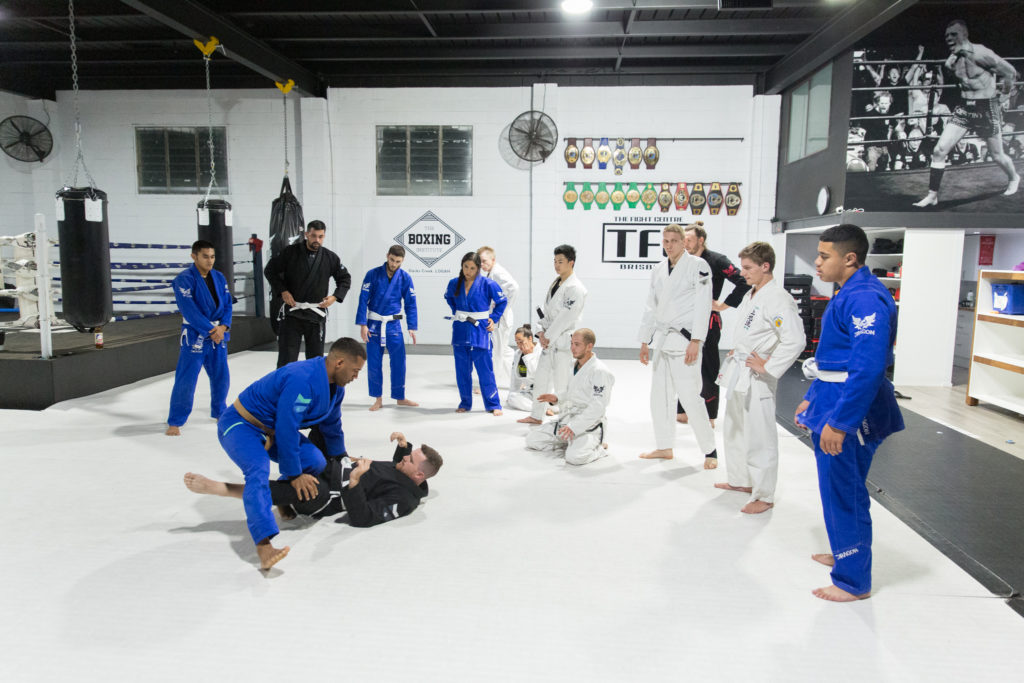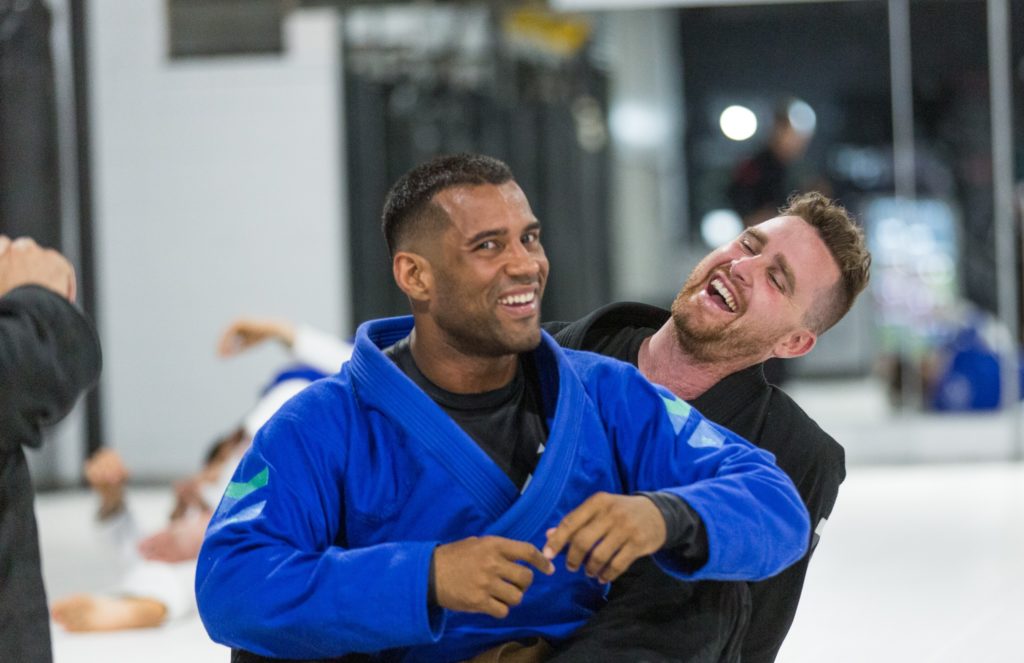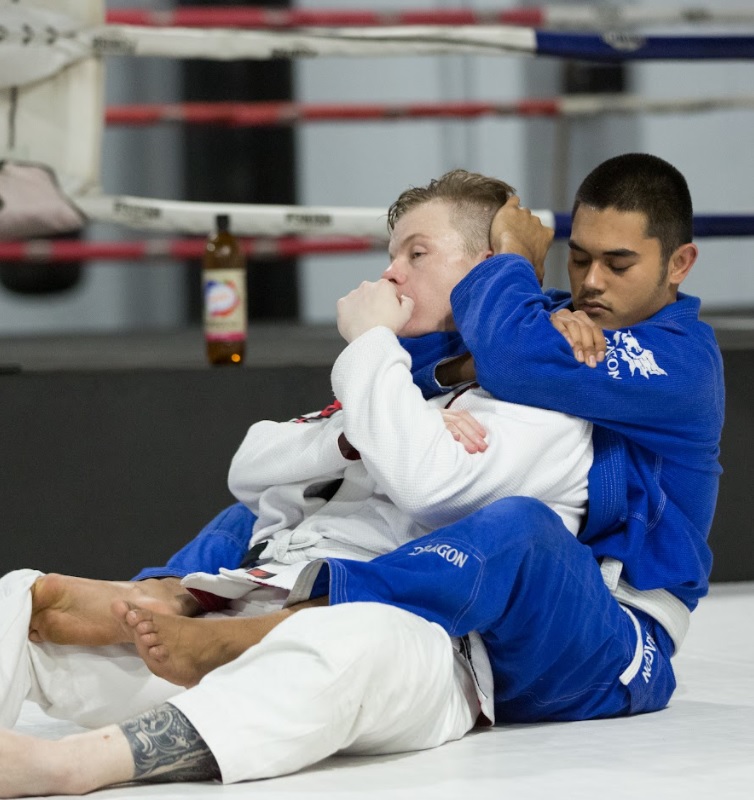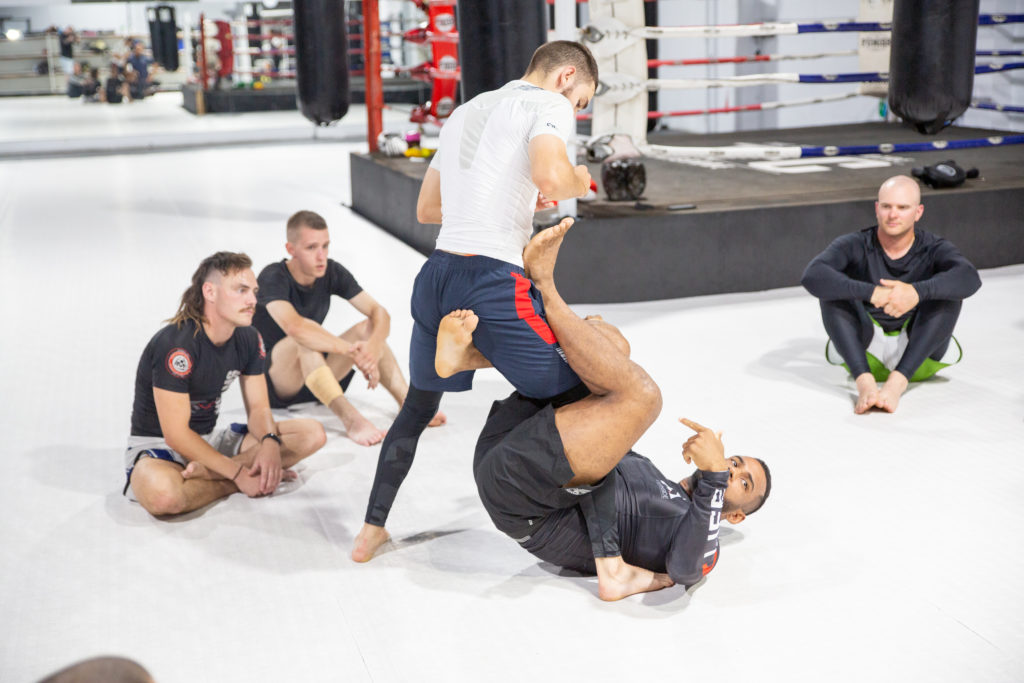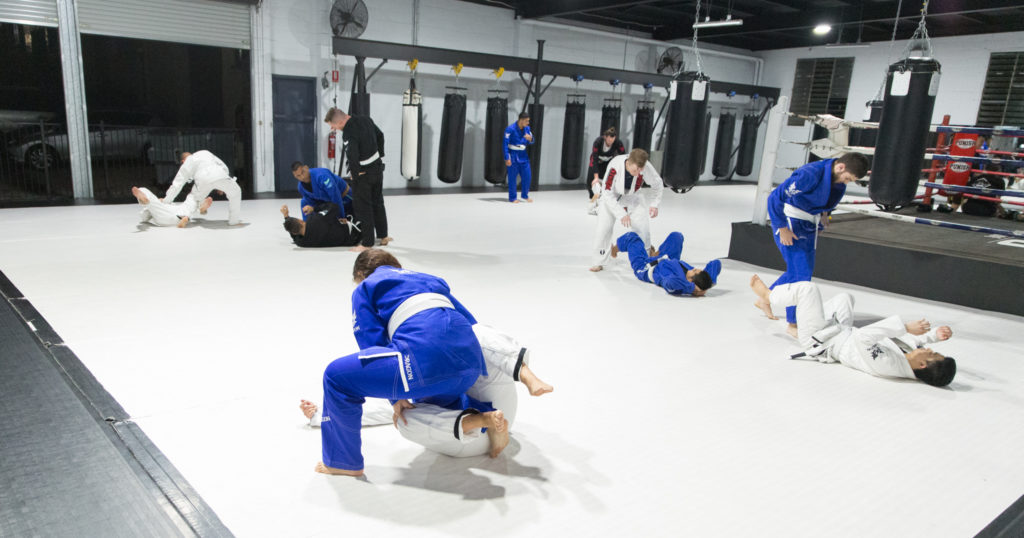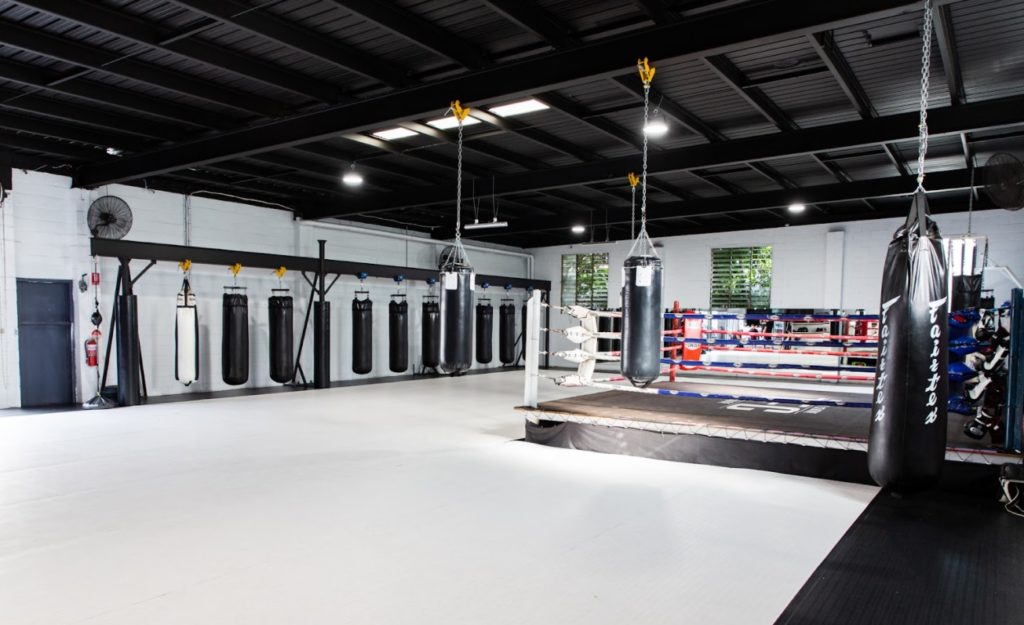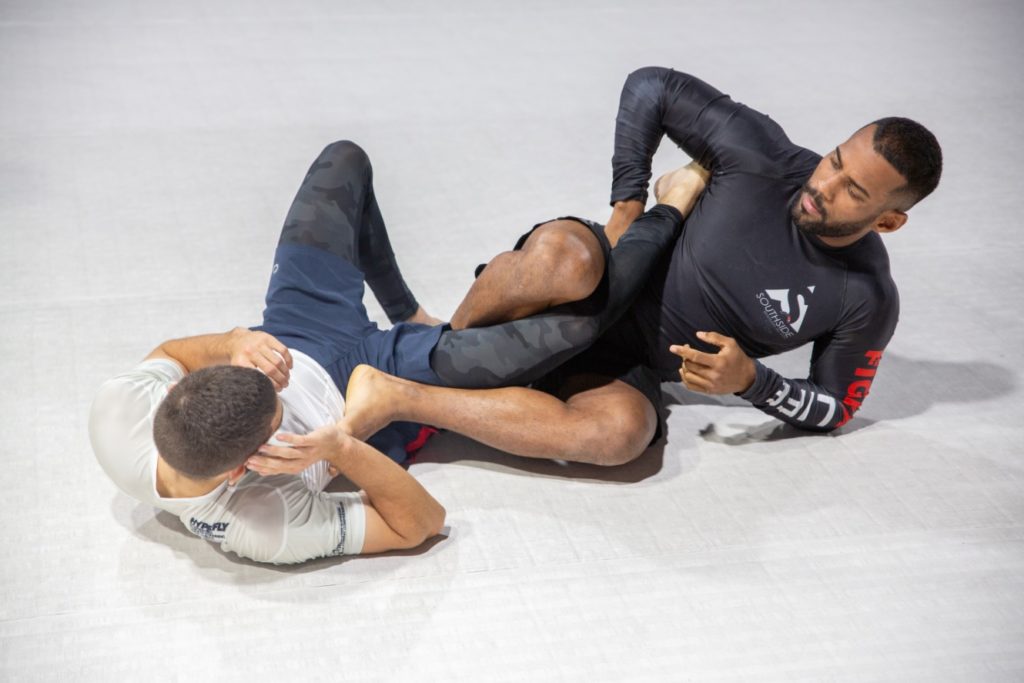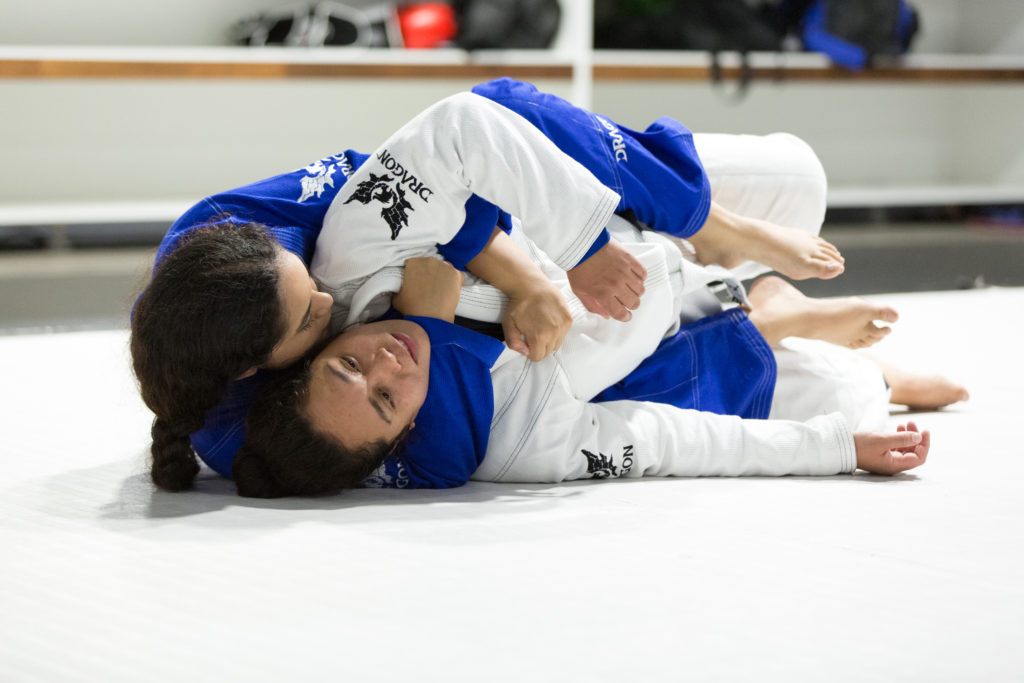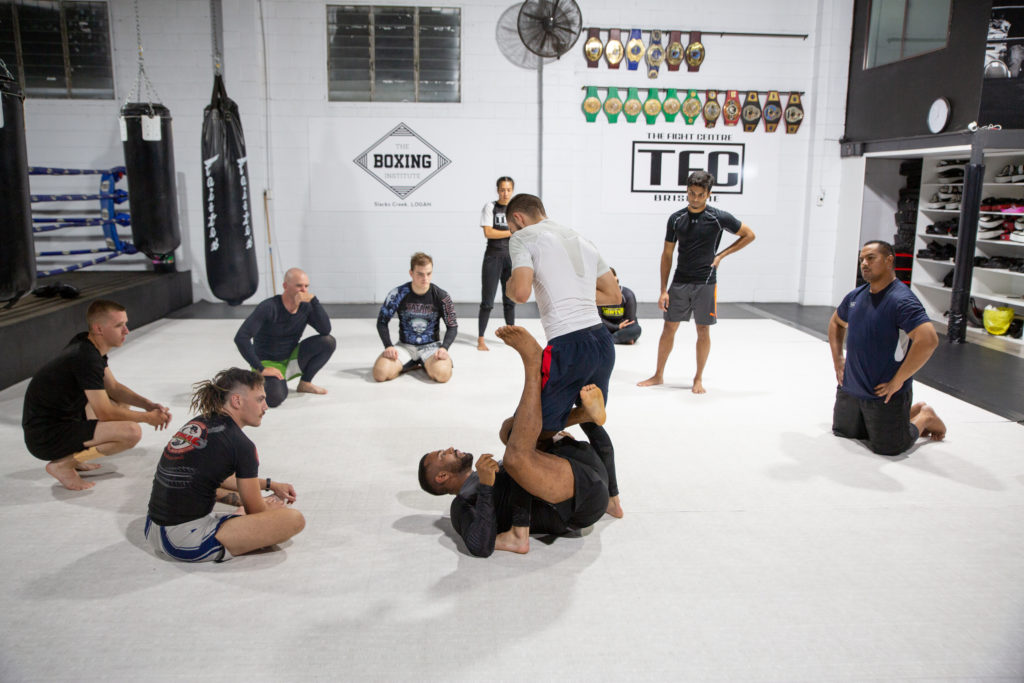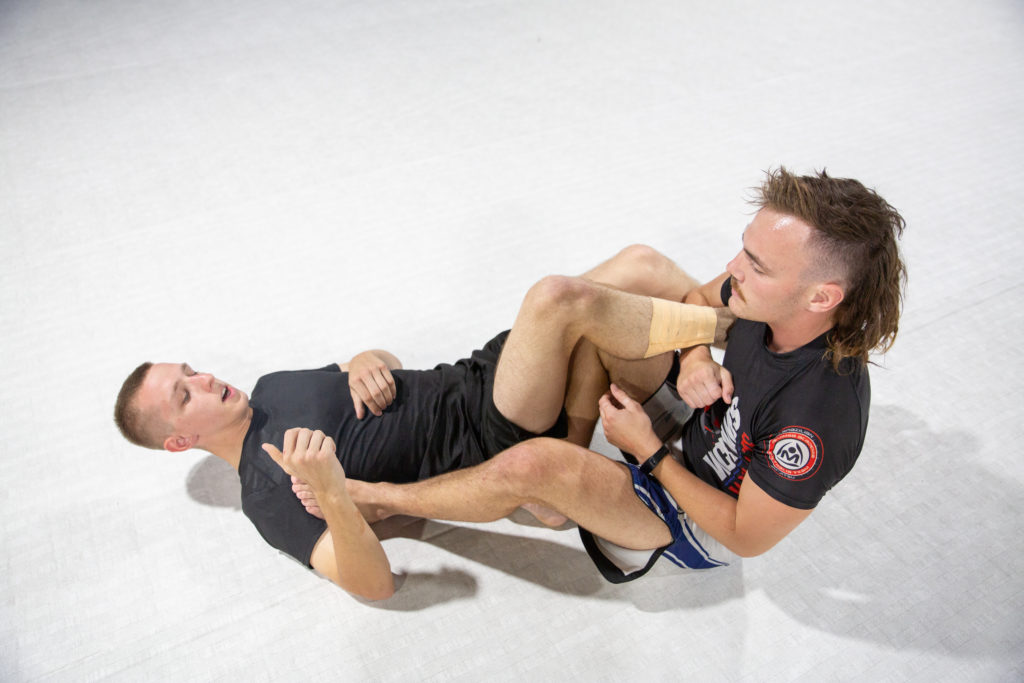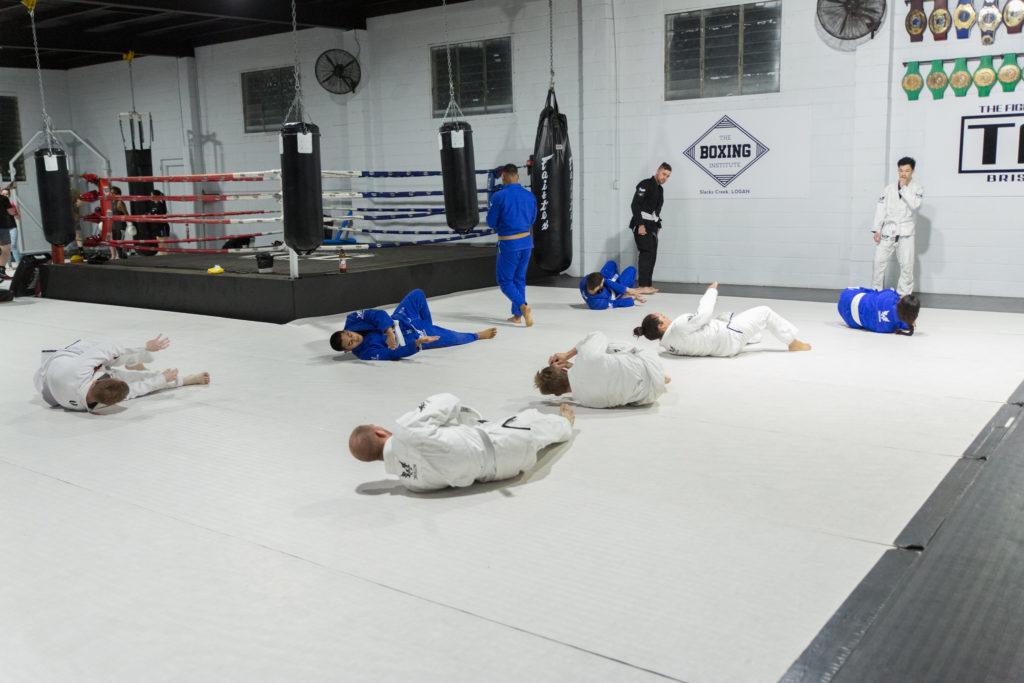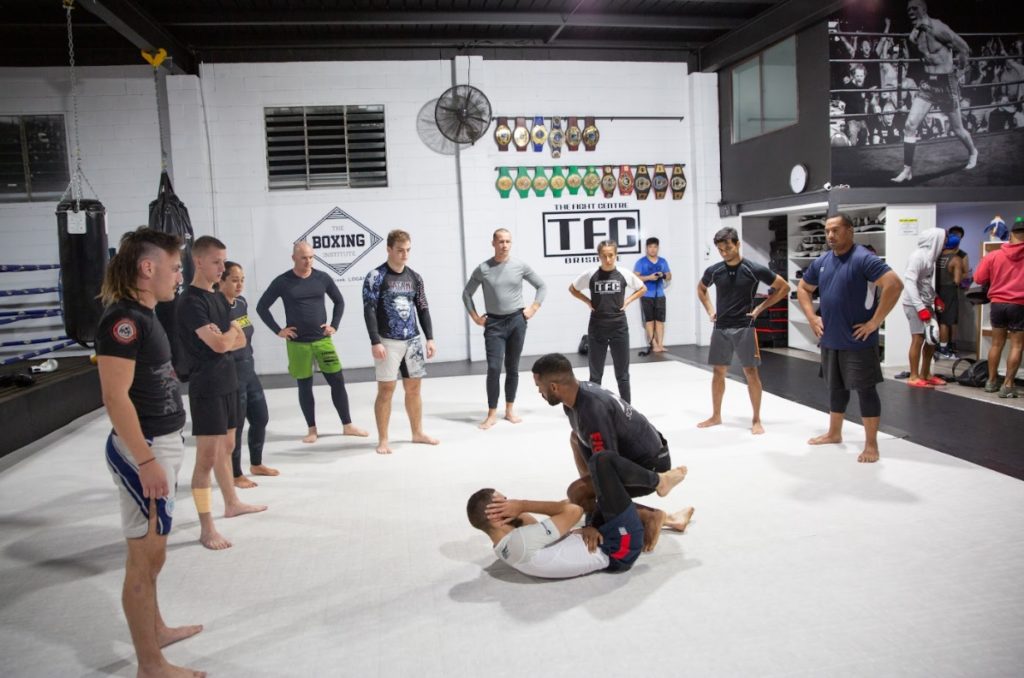Upcoming Events
No event available, please check back again, thank you.
Latest Articles
Brazilian Jiu Jitsu: Everything You Need to Know When Starting Out
25 May 2021
Let’s admit it. Brazilian Jiu Jitsu is boring. Boring to watch that is. As much as we love BJJ, it’s just not as action-packed as striking matches. In fights where somebody is launching punches at another’s face with vicious intent, it’s very clear to see who has the upper hand. Compare that to a BJJ match where all you see is a mess of tangled of limbs. It’s no surprise then that the uninitiated can barely make heads or tails of what’s happening.
In all honesty, BJJ doesn’t seem like much. And yet, it’s one of the fastest-growing martial arts in the world.
How is this possible? What makes BJJ so great?
Brazilian Jiu Jitsu goes by another name: “The Gentle Art.” In every match, the goal is not to knock out the opponent or deal damage with every strike. Instead, it aims to neutralize and immobilize. Its non-concussive nature makes it an ideal discipline for children and adults alike. BJJ (for kids, especially) allows training with a significantly smaller risk of injury.
It is recognized as one of the most effective self-defence martial arts around. This is mainly because strategy and technique overrule size and power. It doesn’t matter how big your opponent may be. If you have superior technique, they’re going down for sure. A smaller player can easily stand on equal footing against a bigger opponent.
However, the most important thing about BJJ is that it’s fun. It may be boring to watch, but experiencing it for yourself is a whole other story. Whether you win or lose, every match is a puzzle to be solved. It engages your mind, and your body works to keep up simultaneously.
BJJ is a fantastic way to get fit, lose weight, be more active, and improve your overall functionality. However, the best thing is that you gain all these things while having fun and making friends.
The first step is the hardest, especially if you’re unsure where to start. This article explores everything you need to know about starting in Brazilian Jiu Jitsu.
(If you’re wondering where to learn Brazilian Jiu Jitsu, Brisbane is home to one of the best. Come to The Fight Centre. We offer free introductory classes so you can get a feel for the gym, the environment, and the instructors. Take a quick look at the video below to get a glimpse of what TFC is like.)
-
Brazilian Jiu Jitsu and What Makes It Great
First, let’s answer a commonly-asked question: is Jiu Jitsu Japanese or Brazilian? The history of Brazilian Jiu Jitsu begins with Japanese Jiu Jitsu. It is basically a modified version of the traditional Oriental art.
Mitsuyo Maeda brought Judo, an evolved form of Jiu Jitsu, to Brazil. He later passed his knowledge on to who would become the titans of BJJ, the Gracies.
The youngest Gracie, Helio, was incredibly passionate. He had a slight build and a weak constitution, but he didn’t let that stop him. He modified the system to better work for little guys who didn’t have much in terms of strength. And that’s how BJJ became what it is today.
Since the massive growth of the UFC (and MMA), the world came to know and love BJJ. Everybody loves a good underdog story. BJJ puts smaller guys on equal footing against bigger opponents. What better underdog story is there?
Why is Brazilian Jiu Jitsu so Popular?
The rise of MMA introduced BJJ to the world, but just what makes people love it so much? If you’re still on the fence whether to go for that BJJ gym membership, take a quick look at the benefits of Brazilian Jiu Jitsu:
1. It is low-impact and non-concussive.
BJJ focuses on neutralizing an opponent rather than striking them down. The risk of injury is minimal compared to other martial arts. As a result, it is one of the few systems you can safely practice at 100% effort.
This is a big part of why BJJ for kids is very popular among parents. This is also why BJJ is a good exercise even for older adults.
2. It is highly engaging.
When you are training BJJ, you get in the zone. BJJ is highly technical, so there’s always something new to learn. Compare that to repetitive exercises, which can be quite dull.
Take endurance training, for example. Running and cycling do well to serve their purpose. It’s good for quickly shedding a few pounds, but there’s nothing for your brain to work on in the process. On the other hand, BJJ keeps you on your toes, so you’ll rarely ever get a chance to get bored.3. It is scalable and variable.
BJJ is a good exercise for people of varying ages, fitness, and pace. You can train for fun. If trying your hand at a BJJ competition interests you, you may also amp up the intensity of your training.
A testament to BJJ’s variability is its adaptability. It’s not unheard of to modify BJJ techniques for people who can’t execute standard ones for any reason.
4. It is very effective for self-defence under certain conditions.
Is Brazilian Jiu Jitsu good for self defense? Yes, but we’re not going to lie and say that BJJ is a perfect self-defence system. However, we can say it is very effective in the right premise. The right premise is that there is one unarmed assailant only.
BJJ does not work well with more than one opponent. Neither does it work well against armed opponents. Even if you’re choking someone out, it takes only a flick of the wrist to stab a knife in your leg.
(Important note: You should not be getting into fights at all, but do what you must to protect yourself. If you’re going up against multiple opponents, drop everything and run. If your opponent takes out a weapon, try to deescalate the situation, and get away as quickly as possible.)
5. It has a fantastic community.
It’s not just anywhere you can find a pizza delivery guy, a firefighter, and a surgeon hanging out like best pals. There’s no class divide in a BJJ gym (or at least, not in a good one.) The mats is a place where people from diverse backgrounds and all walks of life converge to learn and socialize.
Something that players can attest to is that BJJ has an amicable aspect that isn’t usually present in other martial arts. It doesn’t matter if you’re cross-training from a different gym. Once you’re on the mats, you’re part of the community – and the members treat you as such.
-
How to Find a Good BJJ Gym
Picking the right Brazilian Jiu Jitsu gym is essential to a fruitful martial arts journey. Ideally, it is a place that will become your home away from home. You will spend a lot of your time here and build many friendships among your training partners.
There are many things to consider when picking your gym. It can be overwhelming, especially if you’re coming from a non-martial arts background. It’s okay, don’t rush it. Here’s a step-by-step guide to help you out.
1. List down all the gyms offering Brazilian Jiu Jitsu in your area.
Do a search, ask around, or take a stroll in your neighbourhood to see what gyms are available for you. It’s okay to have a long list. You’ll be trimming that down later.
2. Make a list of all your questions.
You want to make sure that you get every detail you need to make an informed decision. A list of questions to ask will help you with that. Some examples of questions are the basic ones such as pricing, the training schedule, and amenities.
A crucial thing you should find out is whether they offer free trial classes. Ideally, you should have the option of trying them before making your final decision.
3. Call these gyms and ask your questions.
Here is when you start crossing gyms out of your list. Maybe the schedule doesn’t match yours, or they’re too pricey, or something else. We recommend marking gyms that don’t offer free trial classes. You’ll want to prioritize gyms that’ll let you experience what they’re like.
4. Join your trial classes and assess your experience.
The trial classes are your best opportunity to have a first-hand experience with the gym, its staff, the instructors, and the community. Don’t join a gym just because it has a prominent name plastered on the wall.
How did you feel during your trial class? What was the instructor like? Did they seem to care about teaching, or are they just going through the motions? Does the instructor roll? Who do they roll with? Does the instructor compete at all? These are all things you have consider about your future coach.
Look at your classmates too. Do the higher belts roll with the white belts? How do the higher belts treat lower level belts? Did you enjoy the vibe when training with your class? You’ll be spending a lot of your time with them, and it helps no one to have elitists in the group.
By the end of the session, you should have had fun with your workout and made a few acquaintances. If you finish the class with a negative vibe, then assess your experience. There may be something wrong.
5. Once you’re done with your trial classes, it’s time to make a decision.
And remember, your final decision isn’t final at all! If you liked the gym and first and realized later that it’s not what you expected, then that’s fine. Move on and find better options. After all, this is all about you and your journey.
-
What You Will Need
Now that you know how to pick a gym for you, here are five things you need to keep in mind as you embark on your BJJ journey.
1. Proper hygiene
In case you haven’t noticed, Brazilian Jiu Jitsu (and any form of grappling, really) involves rolling around with your partner in a mess of tangled limbs. You get all up in each other’s space, so as a courtesy, you want to make things as comfortable as the two of you as possible.
There’s nothing more uncomfortable than getting up close and personal with a person that smells. Take a shower, apply deodorant, wear fresh clothes, and brush your teeth.
Even if you’re coming straight to the gym after work, make a bit of effort. Just wash your face, neck, and underarms with some soap and water. Also, remember to swish some mouthwash around. It’ll make a world of difference compared to if you hadn’t.
2. Appropriate clothing
Brazilian Jiu Jitsu has two forms: gi and no-gi. The BJJ gi is a usually white, black, or blue, composed of heavy cotton jackets, drawstring pants, and colored BJJ belts to signify rank. Tactics in the gi are notably different from those in no-gi.
No one expects you to come in full gear on your very first day. But you do have to wear clothing that will give you very little friction. Don’t wear anything with buttons or zippers. Find a pair of fight shorts to put on, or if you don’t have those, at least a pair of board shorts.
You can wear a plain T-shirt, but ideally, you should wear a BJJ rash guard or any lightweight clothing that covers as much skin as possible. You will sweat buckets, and so will your training buddies. It’ll be nice to have some sort of barrier so you’re not rubbing your sweat right against each other.
3. Proper hydration
When we say you will sweat buckets—well, we don’t mean it literally, of course. But the point is that you will sweat a lot—possibly more than enough that you can wring your clothes out after the class. Somewhat surprisingly, a lot of people don’t bother bringing water to the gym. Usually, these people think that they’ll just grab something to drink once the class is over.
But here’s the thing: you might not even get to the end of the class if you don’t take the time to hydrate properly. Dehydration may cause a drop in performance and, later, lightheadedness. And then the instructors are duty-bound to pull you aside when you’re not looking too good. You’ll have to sit on the sidelines and watch the rest of the class train. You won’t get to join in on the fun.
4. Do-or-die attitude
Once you step inside the gym, you have to resign yourself to doing everything the instructors say. It will feel awkward since you’re not quite sure where you should place your limbs when you’re doing drills and executing techniques. But don’t let your fear of making mistakes hold you back from doing your best.
Remember, you are joining an introductory class. Nobody really knows what they’re doing, so you’re all on the same boat. The instructors will be watching to make corrections to your form and technique without judgment, so just go at it and maximize the experience.
(Important note: If certain movements or position causes you pain, inform your coach. BJJ isn’t supposed to hurt, except when you’re getting submitted. In which case, well, you might feel a bit of pressure.)
5. Proper BJJ etiquette
There is a basic code of conduct that isn’t obvious to someone with no background in martial arts. There are quite a few of them that you can read about here. The most fundamental thing you need to know is that it’s disrespectful to step on the mats with your shoes.
BJJ players typically aren’t a judgmental lot, but step on the mats with your shoes, and you will definitely receive some odd looks. The mats are sacred—you’ll be spending a lot of time rolling around in it. Often, your face will be in direct contact with the floor. Knowing that, someone putting their nasty shoe germs on it will definitely irk you.
-
What to Expect
As you begin your BJJ journey, the most important thing you need to know is that there is no place for your ego on the mats. You will be awful, and truthfully, everyone in the same class will be awful too. You will learn a lot from your teachers and classmates, but not before making many mistakes first. Your more experienced partners will probably wipe the floor with you.
And you’ll love it. Often, we’ve found that the best learners are those who aren’t afraid to get beaten by more skilled players. You’ll do well to really practice humility from the beginning.
That said, your instructors probably won’t let you roll (read: spar) on your very first session. It’s likely going to be an introduction to basic positions, transitions, and submissions. Expect a lot of solo and partner drills.
Talk to your classmates. Chances are, everyone’s just as lost as you feel. Use that as a jump-off point to build rapport. Most people will be looking to connect, so take the opportunity to make some new friends.
The session will tire you out, and you may even swear never to come back in the intensity of the training. But as things wind down, and you get to relax, you’ll probably say…
“Holy shit, that was amazing!”
And you’ll come back for more anyway.
-
Try These Exercises
Just so you have some idea of what BJJ solo drills are like, here are some warm-up exercises that you can try out at home. While you should do your best to get them right, don’t worry too much about making mistakes. Don’t expect to be perfect because no one ever is, especially in your first try.
1. Hip bump
The hip bump is a drill that leads to the hip bump sweep, one of the most basic sweeps in the BJJ guard. You’ll probably do less of it as you get more advanced. It’s a solid sweep, regardless. To do the drill, you start on your back, sit up to a half-kneeling position, and bump your hips forward. Then you roll back, rinse, and repeat.
Rather than read this instruction, you’ll get a better idea of how it’s done if you watch the video above.
2. Bridge
The bridge isn’t that much different from the butt bridge exercise done to strengthen the glutes and hamstrings. The main difference is in purpose, intensity, and direction. The glute bridge just goes straight up, with the heels flat on the floor. On the other hand, the BJJ bridge tries to go as high as it can. In BJJ, the bridge’s main purpose is to throw off your opponent and get out of the bottom position. It is angled towards the side, and you bridge with your base over one shoulder instead of your upper back.
3. Shrimp
Shrimping is an essential move in Brazilian Jiu Jitsu that can be used to manage distance, escape bad positions, and even sweep your opponent. The name actually gives a hint on how you do it. Begin on your back on the mats, your feet as close to your butt as possible, and your hands up. Using traction from your feet, throw your hips to the side and up towards your head. The movement is much like how a shrimp throws itself backwards, and you’ll end up in a position that very much looks like a shrimp. Adjust yourself back to the center and do it again.
-
More About BJJ
There is a lot to learn in Brazilian Jiu Jitsu, but there’s no need to rush yourself through them. Even for players of higher rank, BJJ is a continuous learning process.
If you enjoyed this article, check out the following resources:
History of BJJ: The Story of How Jiu Jitsu Became Brazilian
What is the BJJ Belt System and How Does It Work?
5 BJJ Techniques to Submit Your Opponent From the Guard
